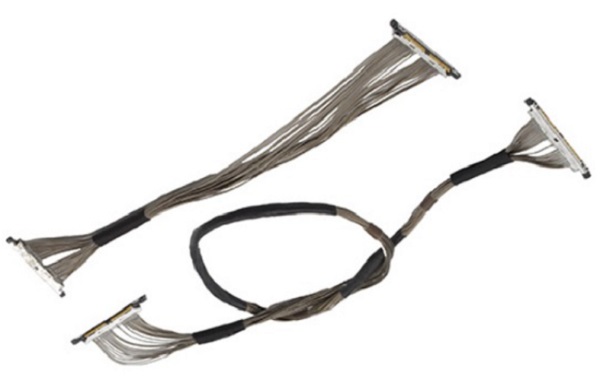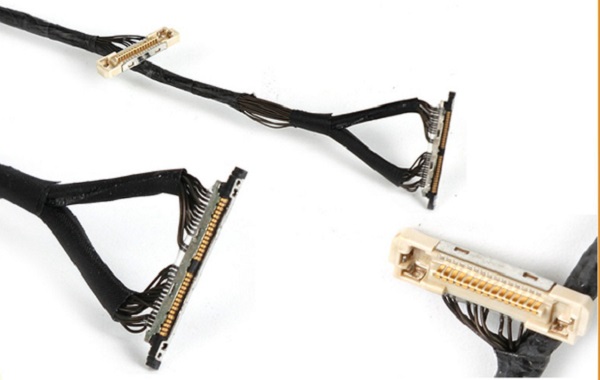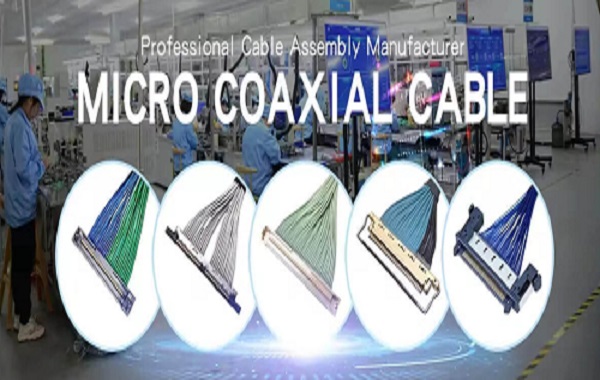Categorization:Harness Component

Bandwidth enhancement brings pressure
With the development of drone video from high-definition video to 4K, 8K and even higher specifications, the demand for data bandwidth and transmission speed is rapidly increasing. The ultra-fine coaxial cable itself has good high-frequency transmission capabilities, but in application scenarios above several Gbps, issues such as loss, attenuation, and waveform distortion will gradually emerge. If the material, electroplating layer, medium structure, and process control are not in place, it may lead to unstable video transmission, increased delay, and even degradation of image quality.
Complex interference risks under complex electromagnetic environments
The internal structure of the drone integrates motors, IMU, transmission modules, wireless communication, radar, and various electronic units, all of which can generate strong electromagnetic interference. Although extremely thin coaxial cables are superior to FPC in terms of anti-interference, crosstalk, reflection, and noise coupling may still occur in the compact internal wiring. Measures such as improving shielding coverage, optimizing grounding design, and reasonably isolating wiring are important conditions to ensure the stability of the image signal.
Three, lightweight and flexible design requirements
Unmanned aerial vehicles emphasize weight control, and every 1 gram of weight affects the battery life and performance. The extremely thin coaxial cable has light weight and good flexibility, which is very suitable for internal wiring in unmanned aerial vehicles. However, under the conditions of long-term continuous bending, vibration, and movement, the cable must also have sufficient mechanical strength and durability, while not excessively increasing the cable diameter or material strength. This puts more stringent balanced requirements on cable structural design, sheath material selection, and manufacturing processes.
Drones may perform tasks in environments with low temperatures, high altitudes, strong winds, high humidity, even rain and snow. The extremely fine coaxial cable束 needs to maintain stable transmission under temperature changes, continuous vibration, and humidity effects. If the cable's weather resistance is insufficient, signal attenuation, poor contact, or reduced shielding performance may occur, ultimately leading to frame loss in images or control delay. Therefore, improving the medium stability, shielding reliability, and overall environmental tolerance of the cable material is a key point that cannot be ignored in design.

Extremely thin coaxial cable束 serves as the core channel for high-speed video transmission in drones, and its performance directly affects the image clarity, latency performance, and system stability. Faced with multiple challenges such as bandwidth growth, electromagnetic interference, lightweighting, and complex environments, through material optimization, structural improvement, and rigorous manufacturing processes, the future drones will achieve faster and more reliable video transmission performance and further broaden their application boundaries.
I am[Suzhou Huichengyuan Electronic Technology]Long-term focus on the design and customization of high-speed signal cables and ultra-thin coaxial cables, committed to providing stable and reliable high-speed interconnect solutions. If you have any related needs or want to learn more, please contact:Manager Zhang 18913228573 (WeChat same number)。